The Historical Bond Between Cats and Sailors
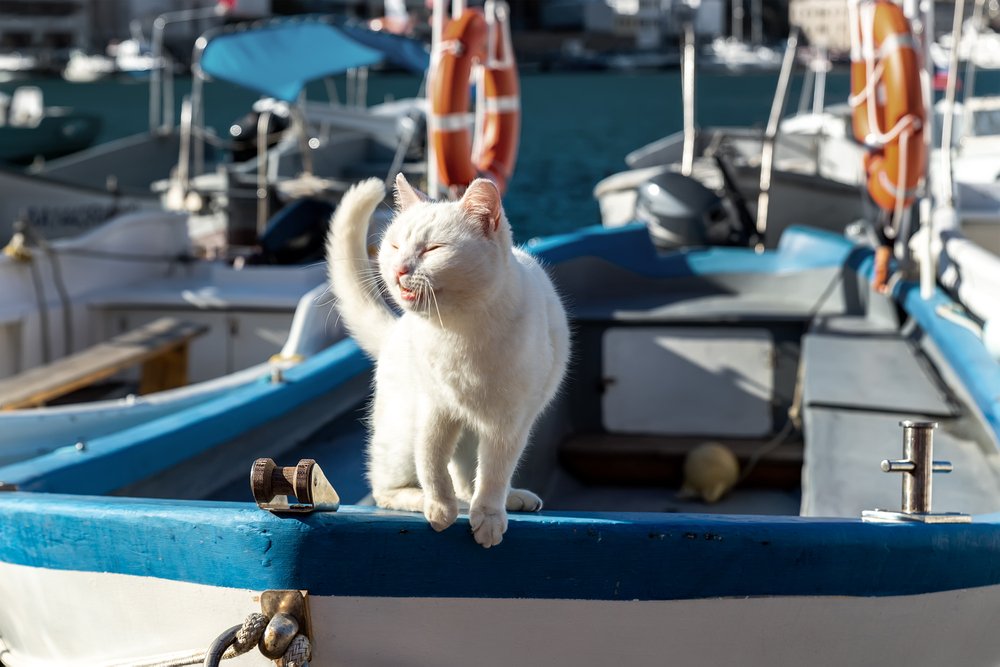
The relationship between cats and sailors dates back centuries, forged out of necessity and mutual benefit. Cats became an indispensable part of maritime life due to their prowess in pest control, companionship, and navigation. This ancient partnership has left its mark on maritime history, providing fascinating insights into how humans and animals have worked together in exploration and survival on the open seas.
The Origins of Cats on Ships
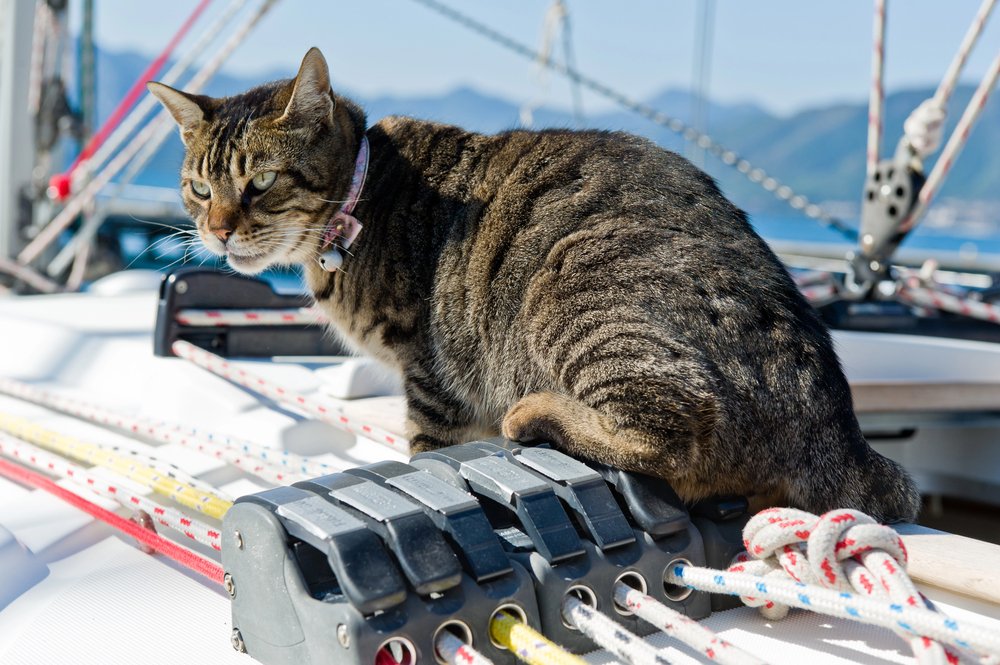
Cats likely began their seafaring journey in ancient Egypt, where they were revered for their ability to catch rodents. Trade routes brought these skilful predators aboard ships to protect valuable cargo. As European maritime exploration expanded, so too did the deployment of cats on ships, leading to the practice being firmly established by the time of the Age of Discovery in the 15th and 16th centuries.
A Critical Role
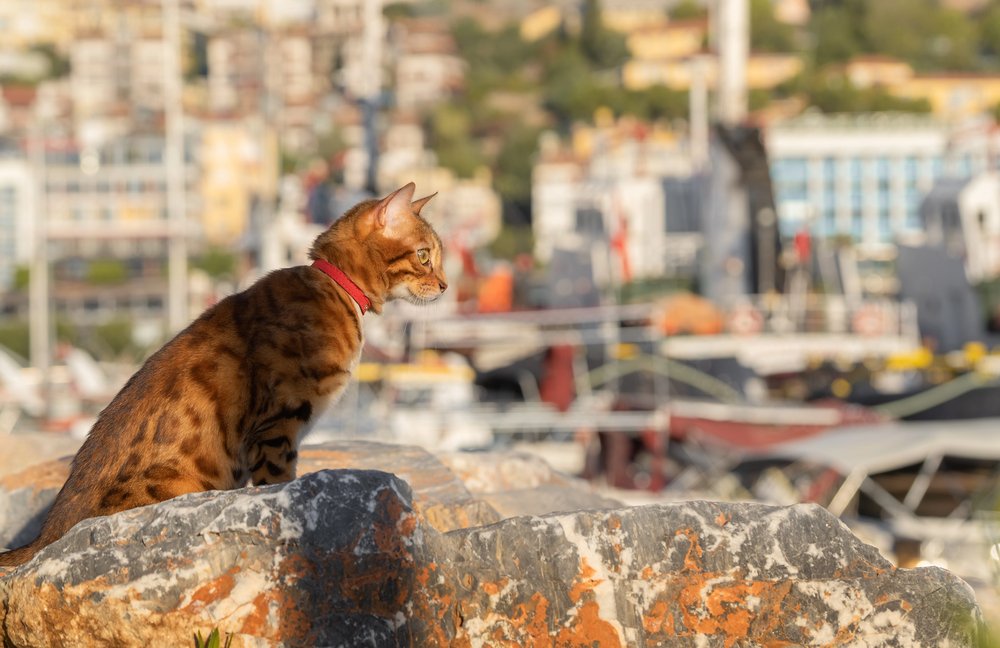
Ships of old were highly prone to infestations of rats and mice, which not only threatened food supplies but also carried diseases. Cats were the natural solution, their agile hunting skills keeping the rodent population in check. This role was invaluable on long voyages, where maintaining the health of a crew and the condition of supplies could mean the difference between success and failure.
Superstitions and Myths at Sea
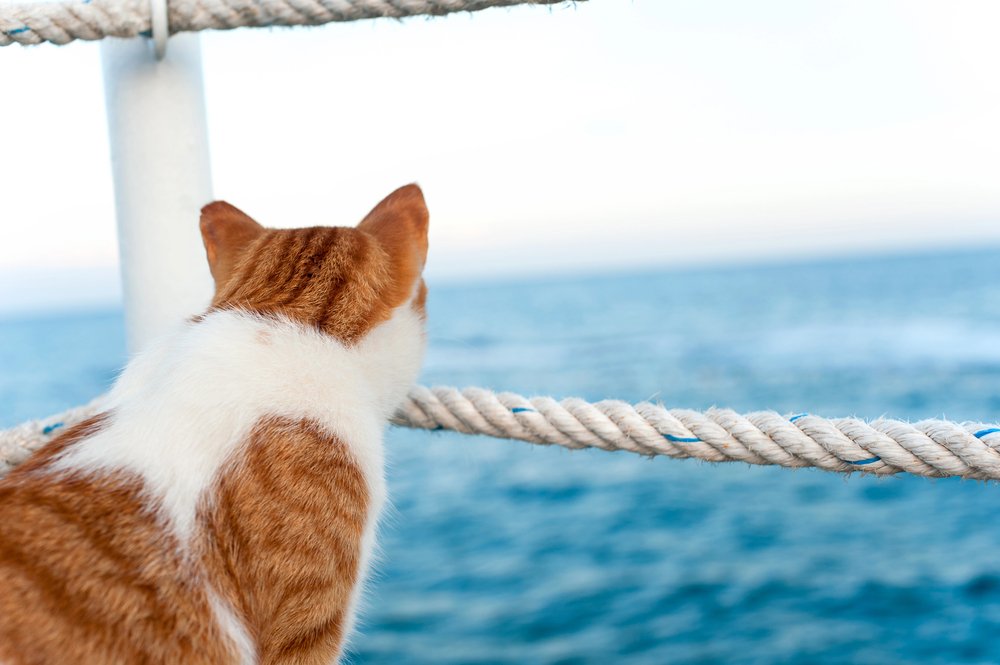
Throughout history, cats have been the subjects of numerous superstitions, many of which found fertile ground aboard ships. Sailors viewed cats as lucky charms, with the belief that a cat’s behavior could predict weather changes or the success of a voyage. A cat’s fall or disappearance was often considered an ill omen, underlining the depth of sailors’ beliefs in these loyal companions.
Navigational Companions
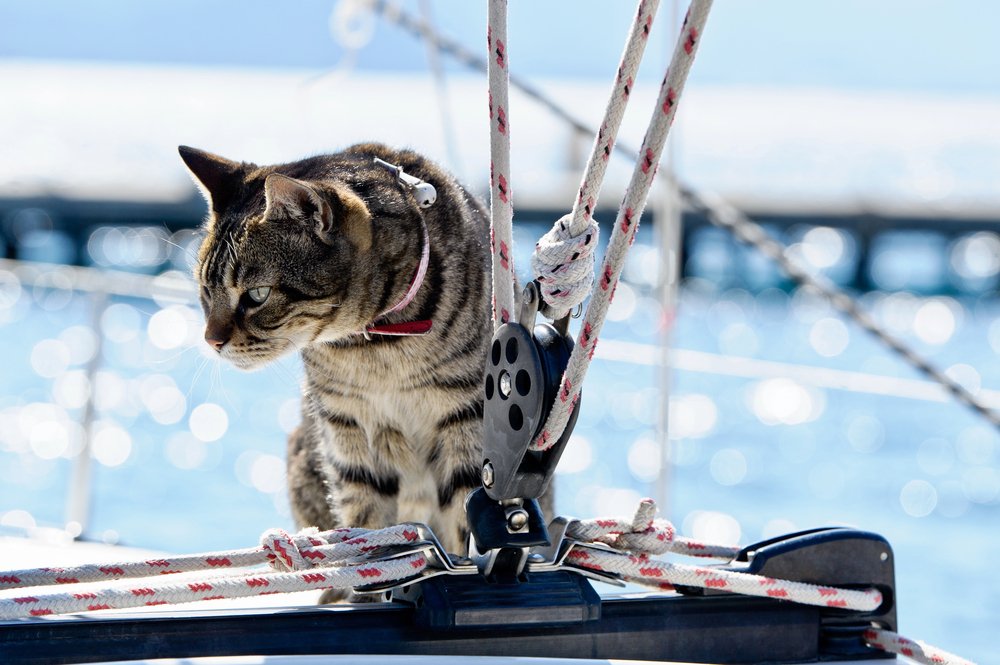
Ancient mariners relied on natural cues to navigate the seas, and cats were sometimes believed to have intuitive senses that could aid in this endeavor. Though the scientific basis for this is lacking, sailors often felt reassured by the presence of a cat, believing it had an intrinsic connection to the natural elements that guided them.
Famous Seafaring Cats
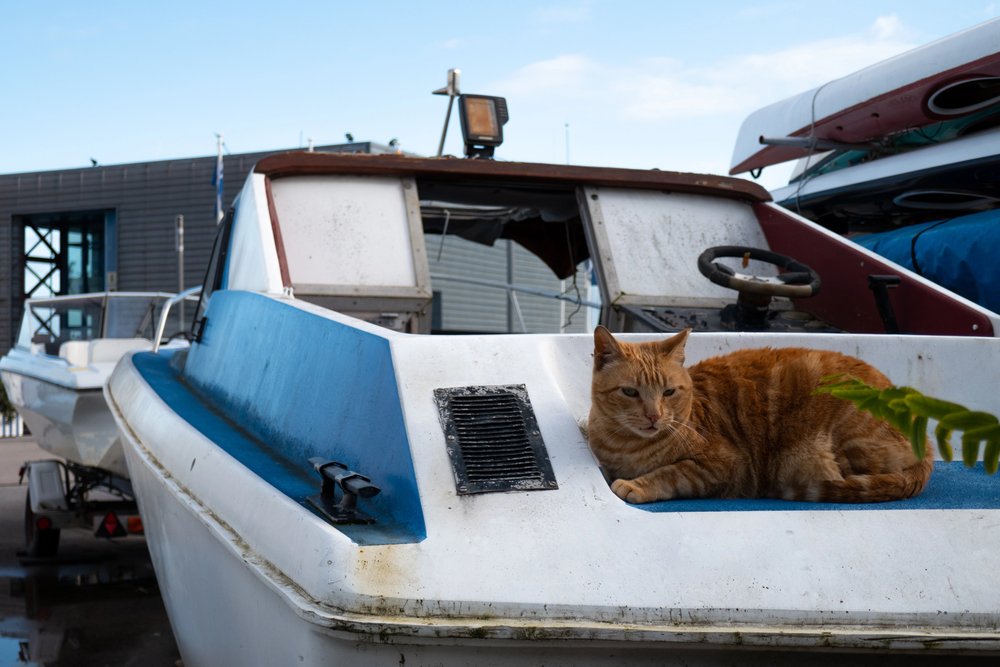
History is dotted with tales of famous ship cats that became mascots and legends in their own right. One such cat, Simon, served on HMS Amethyst and was awarded the Dickin Medal for his bravery in controlling a rat infestation under difficult circumstances. These stories highlight not just the cats’ roles but the strong bonds they formed with their seafaring humans.
Cats in the Age of Exploration
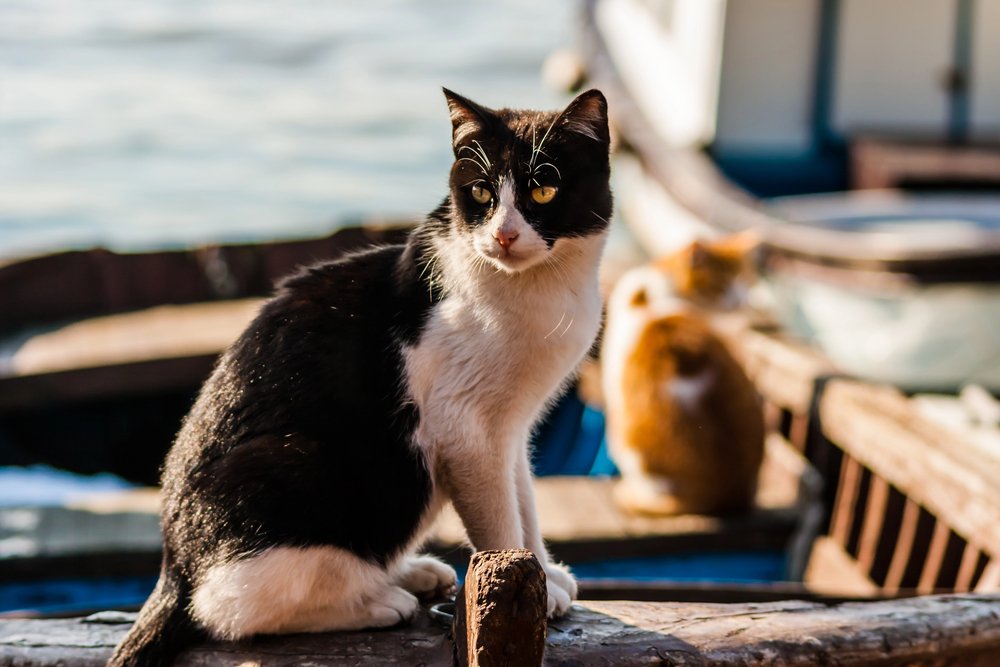
As European explorers set sail for new worlds, they brought with them their feline companions. Cats thus played an inadvertent role in the spread of cultures and the establishment of global trade networks. Their ability to adapt to new environments helped them thrive across continents, making them an integral part of exploration history.
Scientific Contributions of Maritime Cats
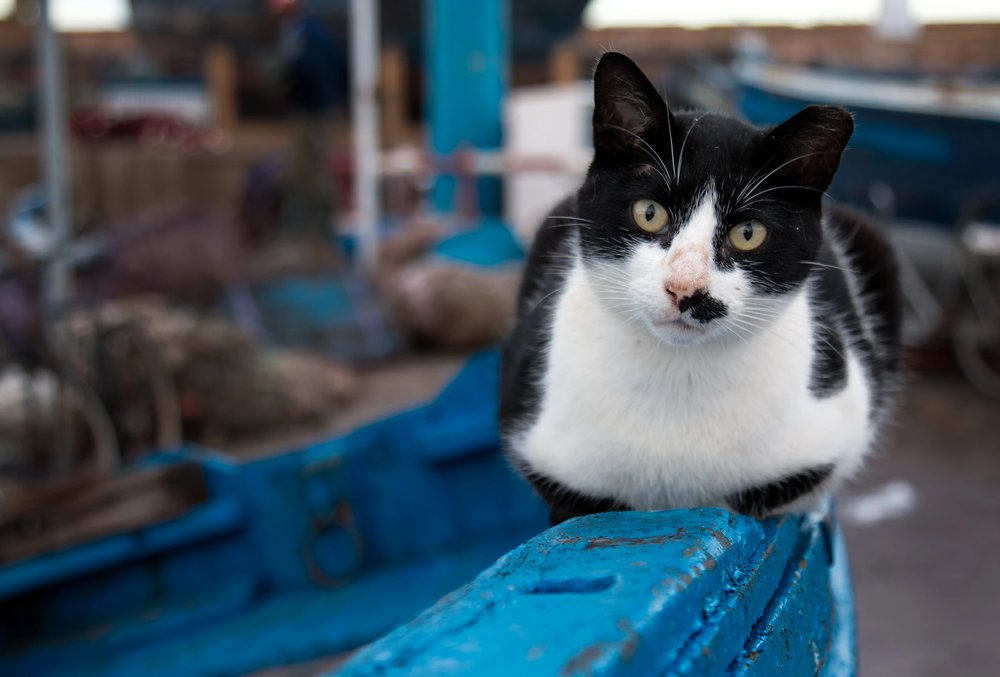
While primarily valued for practical purposes, cats on ships inadvertently contributed to biological and ecological sciences. As ships connected isolated ecosystems, the presence of cats played a role in the transfer and study of species across continents. Their interactions with local wildlife provided early observations that would feed into the broader scientific understanding of animal behavior and adaptation.
Modern Maritime Roles
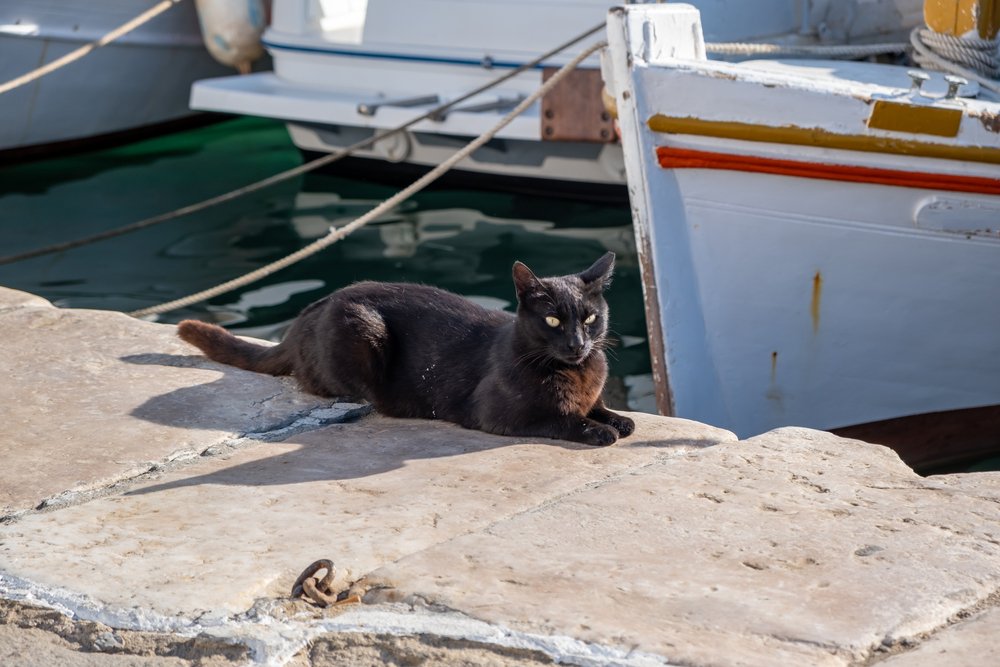
With technological advancements, the role of cats on ships has diminished, but they still appear on some vessels, serving primarily as companions and mascots. Today, maritime cats symbolize a rich, shared history between humans and animals, reflecting enduring human relationships with the natural world, even in modern seafaring.
The Legacy of Cats in Maritime Culture
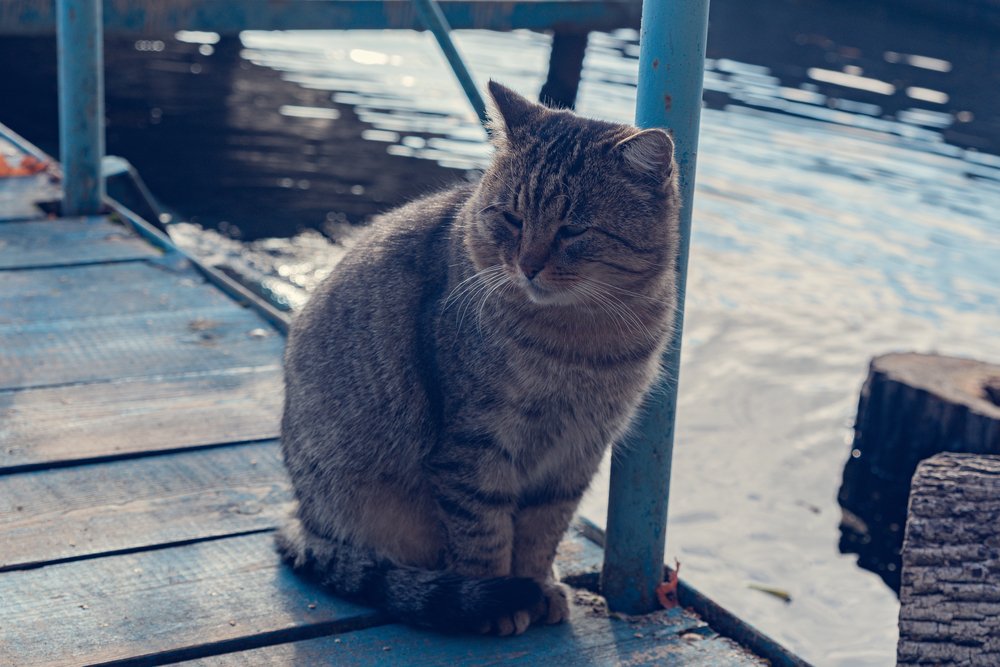
Cats have left an indelible mark on maritime culture, immortalized in lore, literature, and art. Their legacy is celebrated in numerous naval traditions and continues to capture the imagination of those fascinated by the intersection of human history and animal companionship at sea. This enduring legacy reminds us of the unique role animals have played in human endeavors, influencing culture, exploration, and societal development.

Suhail Ahmed is a passionate digital professional and nature enthusiast with over 8 years of experience in content strategy, SEO, web development, and digital operations. Alongside his freelance journey, Suhail actively contributes to nature and wildlife platforms like Feline Fam, where he channels his curiosity for the Feline into engaging, educational storytelling.
With a strong background in managing digital ecosystems — from ecommerce stores and WordPress websites to social media and automation — Suhail merges technical precision with creative insight. His content reflects a rare balance: SEO-friendly yet deeply human, data-informed yet emotionally resonant.
Driven by a love for discovery and storytelling, Suhail believes in using digital platforms to amplify causes that matter — especially those protecting Earth’s biodiversity and inspiring sustainable living. Whether he’s managing online projects or crafting wildlife content, his goal remains the same: to inform, inspire, and leave a positive digital footprint.






